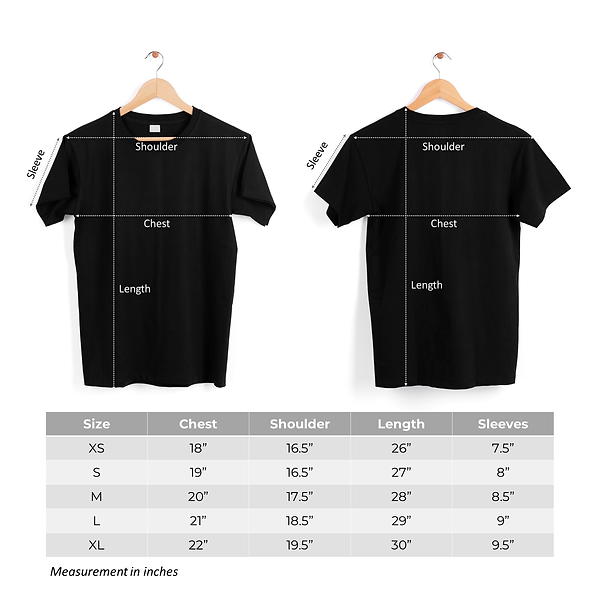The Perfect Timing of Christ: Lessons from the Wedding at Cana
Jesus’ first miracle (John 2:1-11) demonstrates His masterful balance between human compassion and divine sovereignty, operating on God’s timetable while graciously meeting human needs.
The Context of the Miracle
| Human Perspective | Divine Perspective |
|---|---|
| Social emergency (wine shortage) | Strategic revelation moment (v.11) |
| Mary’s maternal concern (v.3) | Messianic mission priorities (v.4) |
| Public celebration setting | Private faith-building experience |
Key Aspects of Jesus’ Timing
- Respectful Boundary-setting: “Woman, what does this have to do with me?” (v.4 ESV)
- Divine Schedule Awareness: “My hour has not yet come” (v.4)
- Gracious Provision: Performs miracle despite timing concerns
- Controlled Revelation: Only servants and disciples witness the sign
Theological Significance
- Demonstrates Christ’s full humanity and divinity
- Reveals God’s generous nature (excellent wine)
- Foreshadows greater glory to be revealed
- Models perfect submission to the Father’s will
Practical Applications
- Trust God’s perfect timing in our requests
- Balance human compassion with spiritual discernment
- Recognize Christ’s authority over all circumstances
- Appreciate God’s “hidden” miracles in daily life
“The same hands that turned water to wine would soon turn death to life – both miracles performed precisely when most glorifying to the Father.”
Jesus’ Pattern of Controlled Revelation
- Frequently commanded silence after miracles (Matthew 8:4; 9:30)
- Gradual disclosure of His identity (Mark 8:29-30)
- Ultimate revelation at crucifixion/resurrection

